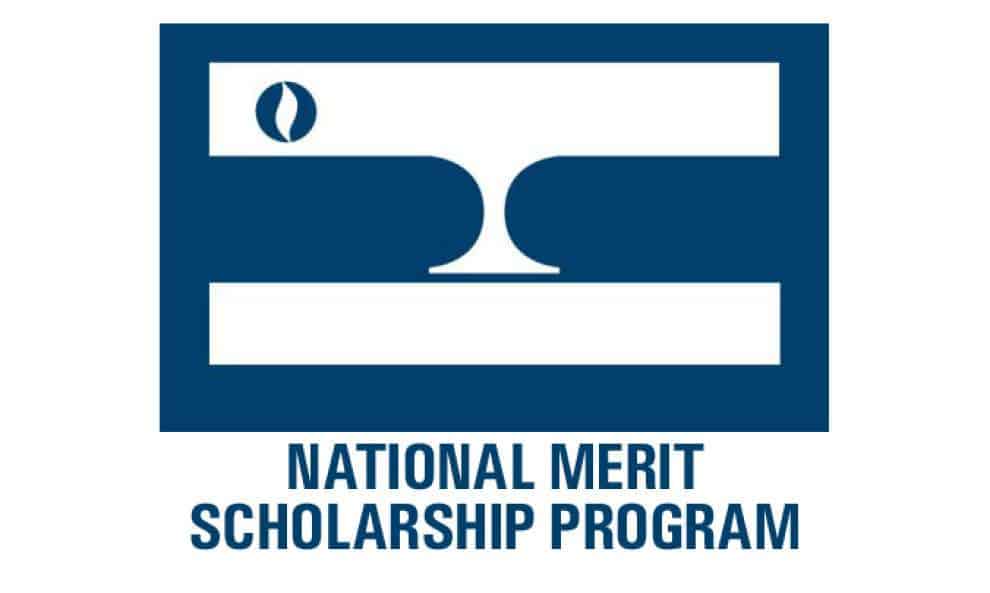Want to Be a National Merit Scholar? Here’s What You Need to Know.
As if the SAT weren’t enough, many students are prepping for the PSAT just as hard. Why? They’re hoping to become National Merit Scholars. Not only does the distinction of National Merit Scholar look great on a résumé and college application, but it can also come with a pretty nice windfall: scholarship money from the organization itself as well scholarships (in some cases, full ride scholarships) given by colleges and universities who recognize the distinction as a sign of great academic promise.
But what does it take to become a National Merit Scholar? How does the National Merit Scholarship Corporation (NMSC) decide who becomes a National Merit Semi-Finalist and a National Merit Finalist? This article will help demystify the often confusing scholarship competition!
What Test Decides Whether You Become a National Merit Scholar?
With so many standardized tests, it’s easy to become confused as to which one plays a role in deciding whether or not you’ll become a National Merit Scholar. The test that matters is the PSAT taken in 11th grade. (Many schools offer their students the PSAT in 10th grade as well, but this is not the test that decides whether or not you’ll become a National Merit Finalist.)
Since the 11th grade PSAT is the test that matters, it’s not uncommon for students to start prepping for the PSAT as early as 8th or 9th grade! The good news is that when prepping for the PSAT, you’re essentially prepping for the SAT, so you’re killing two birds with one stone. Someone who does very well on the PSAT will very likely do very well on the SAT, so it’s certainly not a waste of time and energy to prep for the PSAT early on. In fact, it’ll make you more prepared when you take the SAT as a junior or senior in high school.
Why do students start prepping so early? Well, it’s not easy to become a National Merit Finalist. Basically, you need to be in the top 1% of test-takers, but we’ll get into the specific scoring metrics in a moment.
What’s the National Merit “Cut-Off”? What Score Do You Need?
The scoring system for the PSAT is a bit different from the scoring system for the SAT. Whether or not you’re named a Commended Scholar or a National Merit Semi-Finalist is determed by the Selection Index that NMSC uses. The top 3 to 4 percent of students achieve the Commended Scholar distinction, but the Semi-Finalist distinction is the one you’re after. Most semi-finalists become finalists and reap the associated scholarship benefits.
It’s important to know that NMSC scores are determined on a state-by-state basis. The score needed to become a National Merit Semi-Finalist in Arkansas, for instance, is 213, while the score needed to become a National Merit Semi-Finalist in Texas (as of October 2015) is 220. It’s not uncommon for the National Merit cut-off score to vary slightly from year to year, so use 220 as a guideline, not a hard and fast rule.
How do you get to that score, though?
The National Merit Selection Index ranges from 48 to 228 and comes from your PSAT scores. The three section scores of the PSAT range from 8 to 38. To calculate your NMSC score, add together your three section scores from the PSAT and multiply by two.
For example, a student who gets a 36 on Reading, a 34 on Writing and Language, and a 35 on Math would have a NMSC score of (36+34+35)(2) = 210. Not quite good enough for National Merit, at least in Texas!
As you can see, you can do quite well on the PSAT and STILL not be named a National Merit Semi-Finalist. That shouldn’t deter you from rigorously prepping for the PSAT, however, and from taking the PSAT in 10th grade, if your high school offers it. Simply put, the more PSAT prep you do, the better your chances of National Merit. And if you DON’T get named a National Merit Semi-Finalist, fret not! You’ve done invaluable prep for the SAT. Chances are that prep will pay off when the time comes to take the SAT your junior and senior year of high school.
Take a look at this list of colleges and universities that offer full tuition or full ride scholarships for National Merit Finalists. Not too shabby, eh?
* * *
That’s it! For more SAT and ACT prep tips, check out the rest of our blog. Looking for 1-on-1 ACT or SAT prep tutoring? Want to join an SAT or ACT group class? Contact us today!
